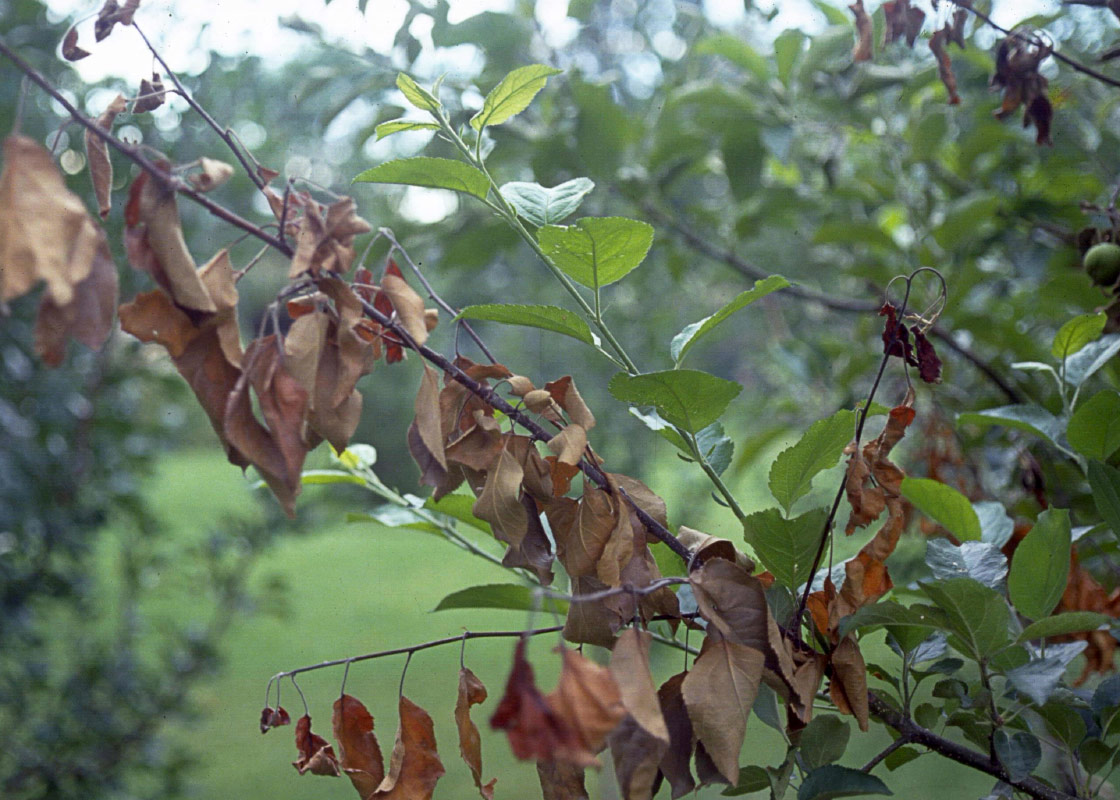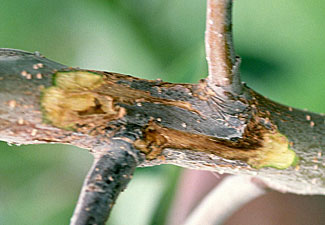

Nutrient uptake not only supports overall plant growth, but also contributes to plant survival under different stress conditions, such as wounding, flooding, drought, and nutrient deficiency. Thus, growth and density of adventitious roots can influence the nutrient acquisition capacity of a plant, both under normal and stress prone conditions. In contrast, the root system of apple rootstocks in commercial orchards consists mainly of adventitious roots originating from nodal junctions of stem cuttings, via vegetative propagation, which are important for initial establishment and success of grafted scions. In general, plant roots consist mainly of either one or more primary roots that, in-turn, produce several secondary and tertiary roots. It has been reported that root system architecture (RSA) is dictated by growth, length, diameter, density, branching pattern, and branching angle of various root types, and it influences resource uptake from the soil. Therefore, investigating interactions between roots and pathogens, as well as their relationships to disease susceptibility is of particular relevance to fruit tree crops wherein specific rootstocks are frequently chosen to confer disease resistance for susceptible scion cultivars.

Indeed, some root traits can act as physical barriers to soil-borne pathogens by hindering their penetration into living tissues.

Roots can trigger physiological and genetic responses leading to activation of molecular pathways to recognize and resist pathogens upon infection. Plant roots are increasingly recognized for their role in modulating systemic defenses of plants against pathogen infections via inter-organ signaling. Roots play critical roles in plant function and their interactions with biotic and physical environments. It is proposed that low root mass may incite resource-limiting conditions to activate carbohydrate metabolic pathways, which reciprocally interact with plant immune system genes to elicit differential levels of fire blight susceptibility. In particular, WRKY75 and UDP-glycotransferase are singled-out as hub genes deserving of further detailed analysis. It is noted that a singular co-expression gene network consisting of genes from defense, carbohydrate metabolism, protein kinase activity, oxidation-reduction, and stress response pathways modulates root-dependent fire blight susceptibility in apple. Furthermore, contrasting changes in gene expression patterns of diverse molecular pathways accompany observed differences in levels of root-driven fire blight susceptibility. In fact, root surface area partially dictates differential levels of fire blight susceptibility of ‘M.7’ rootstocks. It is observed that different root traits display significant ( p < 0.05) negative correlations with fire blight susceptibility.

Several apple scion genotypes grafted onto a single rootstock genotype and non-grafted ‘M.7’ rootstocks of varying root vigor are used to assess phenotypic and molecular relationships between root traits of rootstocks and fire blight susceptibility of apple scion cultivars. In this study, the hypothesis that rootstocks of higher root vigor provide higher tolerance to fire blight infection in apples is tested. Although it is known that resistant rootstocks facilitate management of fire blight disease, incited by Erwinia amylovora, the role of rootstock root traits in providing systemic defense against E.


 0 kommentar(er)
0 kommentar(er)
